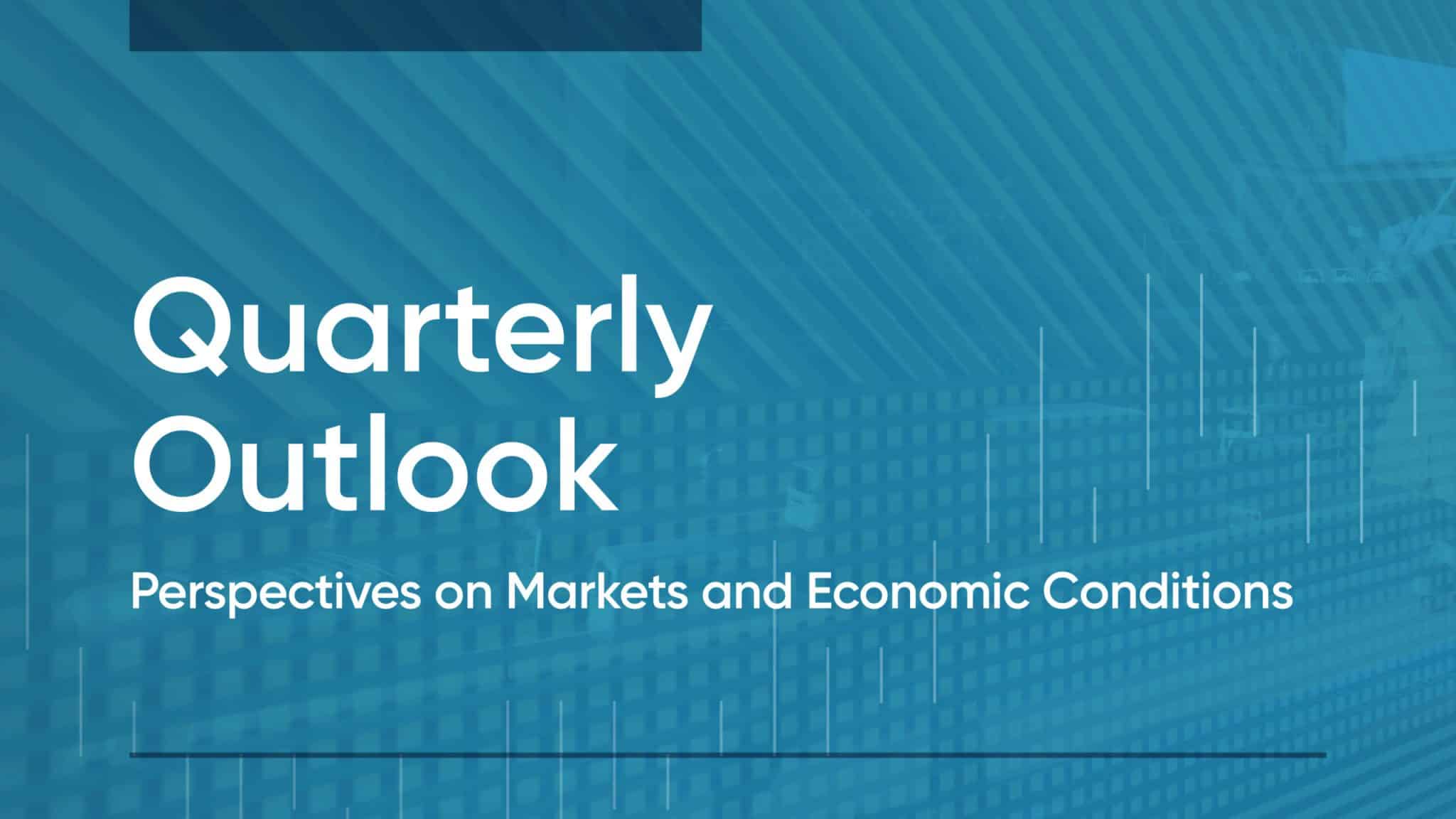
Quarterly Outlook: Uncertain Trade Policy Weighs on Growth
Main Takeaway
Uncertainty around trade policy continues to weigh on the U.S. economy, with signs of slowing emerging in the second half of the year. Real final private demand (GDP less more volatile components such as inventories, trade, and government spending) is projected at 0.9% down from 1.9% in Q1. Still, the labor market remains resilient, with unemployment steady at 4.1% and monthly job gains above 100,000, while inflation shows signs of gradual moderation.
Top Risks
In the near term, uncertain trade policy remains the most prominent risk to U.S. markets. Consumer and business confidence continue to weaken, with the Business Roundtable’s CEO Economic Outlook Index falling to 69, well below its historical average of 83, signaling potential headwinds for growth. Over the longer term, widening fiscal deficits are expected to exert upward pressure on interest rates and constrain economic expansion, as rising debt levels increasingly crowd out private investment.
Sources of Stability
Despite signs of slowing, the U.S. economy remains in expansion territory and is expected to avoid recession, according to the Philadelphia Fed’s Second Quarter Survey of 36 professional forecasters. The labor market continues to demonstrate resilience, with monthly job gains consistently exceeding 100,000. Meanwhile, inflation remains above the Fed’s 2% target but is gradually moderating, with the latest CPI reading at 2.4%.
For our latest perspectives on markets and economic conditions, view our Quarterly Outlook report for Q2 2025.